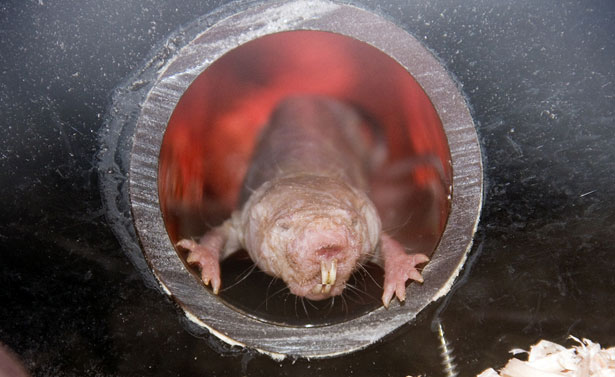The nine siblings in the Melis family have a combined age of 818 years and 205 days. According to Guiness World Records, this makes the family from Sardinia the longest-living in the world. Together the sisters and brothers have survived more illnesses, wars and blows of fate than many other people in the world. More than anything else, however, the family offers an insight into what societies - particularly in industrialized nations - will face in the future: "In the future, people and families who reach a very old age will no longer be a rarity," says Allianz expert Michaela Grimm, political economist at Allianz Group Economic Research and Corporate Development.
According to UN estimates, there are currently around 343,000 centenarians worldwide, and by 2050 this figure is likely to have risen to 3.2 million, i.e. to ten times as many. According to the German Federal Statistics Office, there are around 17,000 people living in Germany today who have already celebrated their 100th birthday, and the number is set to rise. "On average, every second new-born baby in Germany will see their 100th birthday," says Grimm. According to experts, Japan will remain the nation with the most centenarians: in 2050; around 1 percent of its total population will be 100 or older. However, the number of so-called 'supercentenarians' - people older than 110 - is still extremely low. Today there are only 70 people across the world aged over 110, but 27 of those, according to official information, have already turned 115.
Allianz Leben already has around 635 pension recipients over the age of 100
An aging society necessitates a complete conceptual rethink of many areas of life: when planning the infrastructure of a town, planners must give greater consideration to the needs of older people, including, for example, short routes with disabled access to shops, service providers and doctors' surgeries. Banks and insurance companies need to adapt their financial products. At Allianz Leben, for example, more than 105,000 customers who are over 85 years old are receiving a regular private retirement pension. And around 635 pension recipients at Allianz Leben are even 100 or older.
Societal aging will not only cause a further shift in the relationship between people in work and pensioners, but will also mean a change in the age structures within companies. Workplaces must be designed with a view to an aging society, so that companies can make effective use of the skills and opportunities that an aging workforce has to offer.

